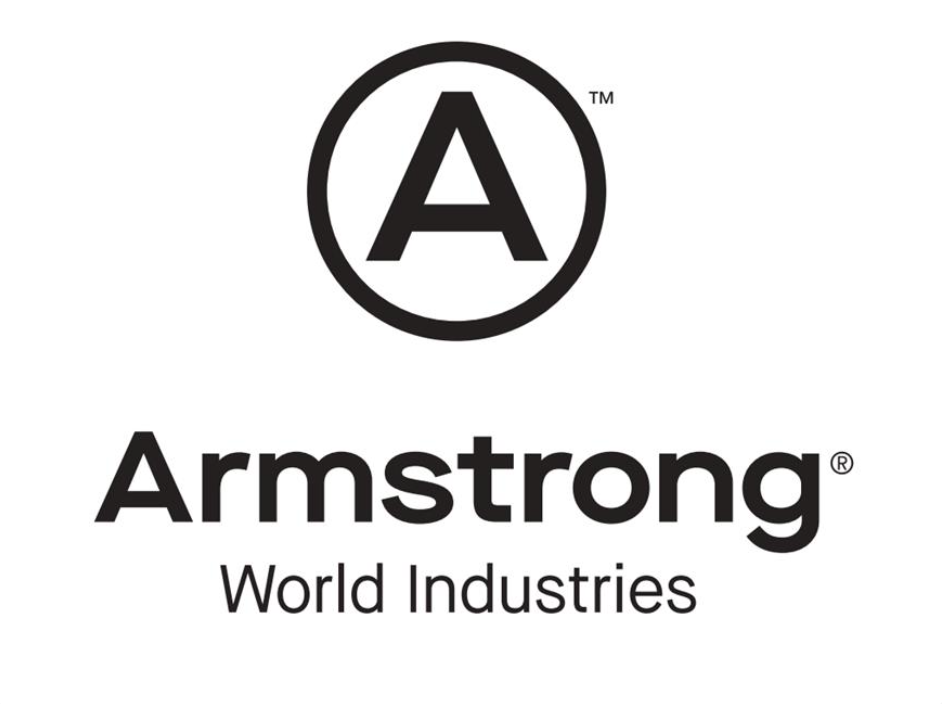Concept to Carbon Neutral
Designing with LEED v5 towards carbon reduction
Sponsored by Armstrong World Industries
This course explores USGBC’s LEED v5 framework, highlighting credits and strategies to deliver ultra-low carbon buildings. Participants will review the intention behind the LEED v5 system goals, targeting decarbonization. We will explore the science of carbon emissions and their criticalr ole in global warming, providing a foundational understanding of the chemical properties of carbon and its impact on the environment. Participants will examine the primary sources of carbon emissions in building products, starting from the sourcing of raw materials to the manufacturing process, and learn how specified products can assist in designing out carbon. The course will dive into practical applications for a new LEED v5 credit, “Reduce Peak Thermal Loads,” and examine how phase change material ceilings contribute to this credit. Leave this course with a clear understanding of howLEED v5 prioritizes decarbonization and how your role as a specifier plays a key part in carbon reduction.

Image courtesy of Armstrong World Industries
Armstrong World Industries is a leader in the design and manufacture of innovative commercial ceiling and wall systems. At home, at work, in health-care facilities, classrooms, stores, and restaurants, Armstrong Ceiling & Wall Solutions offer interior options that help
create healthy, sustainable spaces that protect people and cultivate well-being and comfort so they can be at their best.
Armstrong is committed to developing new and sustainable ceiling solutions, with design and performance possibilities that empower its customers to create beautiful, high-performance residential and commercial buildings. Armstrong continues to grow and prosper for the benefit of all its stakeholders.
armstrongceilings.com/commercial
Originally published in Architectural Record
Originally published in June 2025
LEARNING OBJECTIVES
- Examine USGBC’s LEED v5 strategy to deliver ultra-low carbon buildings through sustainable building practices and energy-efficient design.
- Explore carbon’s environmental impacts and where emissions arise in the lifecycle of building materials.
- Acknowledge the essential role specifiers have in encouraging product innovations from manufacturers and the adoption of low-carbon building materials that can contribute to LEED credits.
- Review a case study of how phase change material ceilings contribute to meeting the LEED v5 credit pertaining to reducing peak thermal loads.











